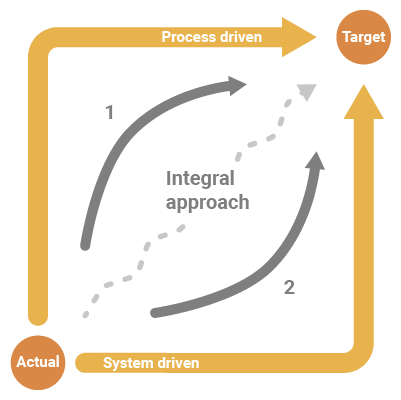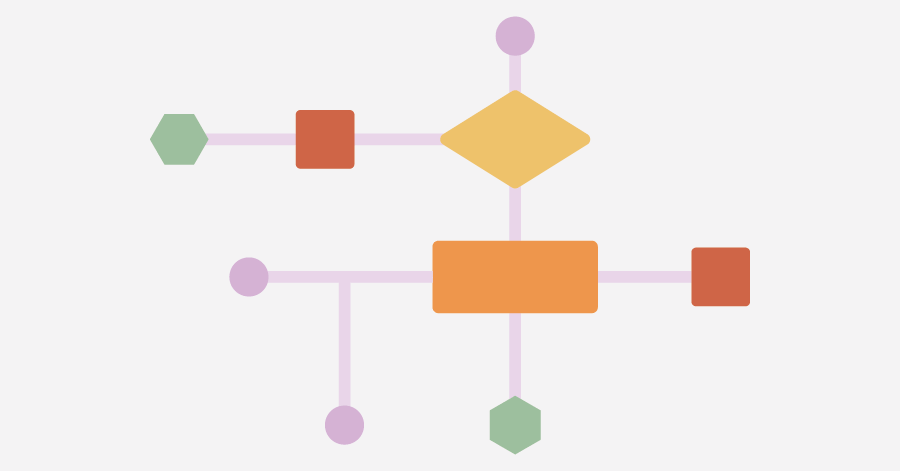Implementation scheduling software: part 3.
Timewax will talk about the choices you need to make to implement your scheduling software successfully. Part 3: Implementing scheduling software, process or system-driven implementation.
The last decision you have to make is choosing how you align the software and the organization (the processes) with each other. This need to align often shows itself as a strong ambition to improve the processes. It is often countered by the pressure of delivering something on the short term.
There are two extremes: a process-driven implementation and a system-driven implementation.

Process-driven implementation
The basis for any process-driven approach is the focus on optimal processes. It’s also known as the ‘Green field’ method, and its aim is improving processes. Before implementing the scheduling software, you want to look at your processes and redesign them where needed.
The benefit of this approach is that it offers the best fit with the company strategy and the desired results. The downside of this approach is that it can cost a lot of time. You also run the risk that the chosen scheduling software will not match with the desired process flow. Therefore, redesigning processes needs to take place before you buy the software.
System-driven approach
A system-driven approach takes the functionality of the scheduling software as a basis for implementation. Where needed, you adapt processes to the software.
The benefit of this approach is that you can quickly start using the software. The downside is that you don’t solve existing problems in the process. This method allows you to pick the “low-hanging fruit”, and only provide some “quick wins”. The fruit which is harder to pick will stay out of reach.
Integral approach
An integral approach is the best approach. This method allows you to take both process improvement as well as the opportunities given by the software, into consideration. An integral approach rarely places an equal amount of weight on both aspects. It’s still essential to decide where the focus will lie. To use this image as an example: Do you focus on moving via the top or the bottom?
Do you have the budget and time to execute process improvements? Then that’s where you should focus. Are you under a lot of pressure to come up with results? That means you should focus on the system-driven aspect.
Conclusions
Many critical success factors will decide whether scheduling software is going to be implemented and used successfully. Some elements are the availability of employees, support, tight resource planning, training, etc. We haven’t discussed these topics. We only looked at the three fundamental choices that precede these topics.
Opting for either a central or localized approach has a significant influence on the amount of support you’ll get. The project phasing will determine whether resource management will be harder or easier. Opting for either a process or system-driven approach will affect the amount of training that employees will need.
Consider these fundamental choices carefully before starting an implementation. These choices will influence the way the implementation will play out.





